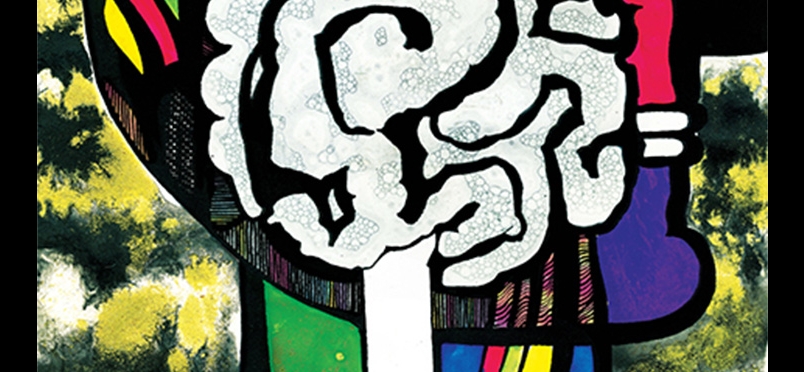| autoimmune diseases
Newly Identified Autoimmune Muscle Disease Rare but Treatable

Correct Diagnosis Can Permit Effective Management and Resolution, Researchers Say
Researchers at the Neuromuscular Disease Clinic at Washington University School of Medicine have identified a previously unknown autoimmune muscle disease that, if correctly identified, can be effectively treated with targeted therapies. Large-histiocyte-related immune myopathy (LHIM) causes sudden and debilitating muscle pain and weakness. The condition is extremely rare and can easily be misdiagnosed as other disease conditions, according to the research team. Senior author Alan Pestronk, MD, professor of neurology, pathology, and immunology, remarked, “We observed only four patients in more than 20 years, so it’s very rare. It has never been described before, and it seems to be treatable, so it will be helpful for physicians to be aware of it. People don’t need to be afraid this is going to happen to them, but in the extremely rare event that it does, physicians should now have the tools to respond.” The findings were published last month in the journal Neurology.
Dr. Pestronk’s first observation of the condition occurred some 23 years ago, when biopsy slides from a patient with muscle pain and weakness showed that histiocytes, immune scavenger cells, that would usually feed on dead material were instead grouped around injured muscle fiber. Similar observations from 3 additional patient biopsies led Pestronk and associates to conclude that the muscle fibers were under assault from these immune cells. Treatment with immunomodulating therapy such as steroids successfully reversed the condition in 3 of the 4 patients encountered.
Read about the discovery.
The journal abstract may be read here.
Other Categories:
Did you enjoy this article?
Subscribe to the PAINWeek Newsletter
and get our latest articles and more direct to your inbox
